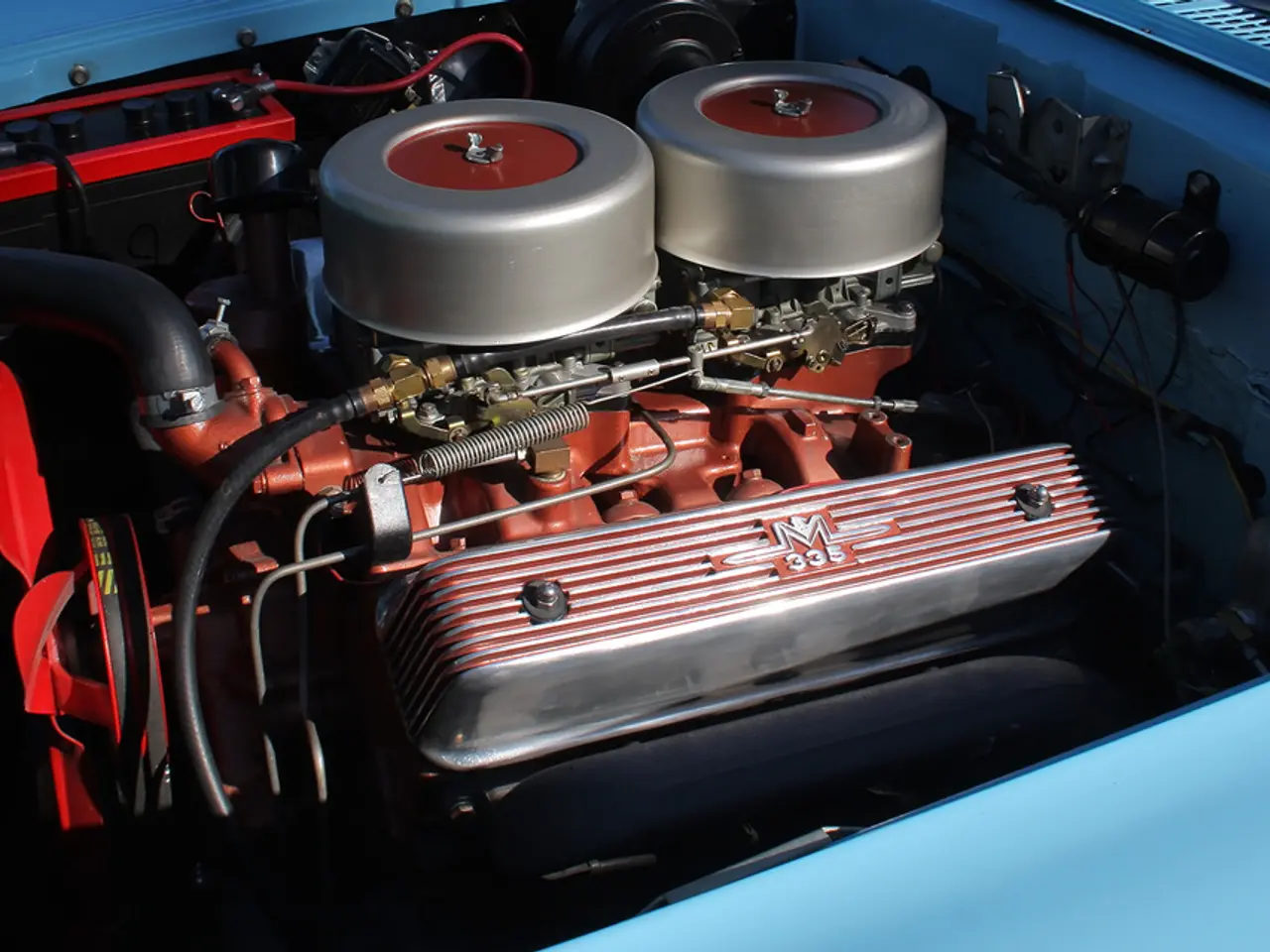Strategies for Accurate Motor Management in Guiding Conveyor Systems!
==================================================================
In the realm of industrial automation, positioning conveyors play a crucial role. These systems, designed to control the speed, direction, and load-bearing capacity of a conveyor, are essential components in various manufacturing processes. Let's delve into the different control methods and their advantages and disadvantages.
Pulse Control
Pulse control is a simple yet effective method for precise positioning. It connects the PLC output to the integrated motor, controlling travel length, speed, and direction. The method is highly accurate for stepper motors in applications needing discrete position increments. However, it has limitations when it comes to complex motion profiles, managing acceleration/deceleration, and multi-axis synchronization.
Velocity Control with Analog Input
This method offers smooth control of conveyor speed by varying the analog input signal, enabling continuous speed adjustment. It is particularly useful in adjusting conveyor speed to match process or operator pace and handling fragile items gently. However, positioning accuracy relies on additional feedback systems, and without networked feedback, closed-loop precision may be limited.
Network Control
Network control offers the highest flexibility and integration capability for complex, multi-axis conveyor positioning. It uses industrial communication protocols like Ethernet and Profibus, enabling multi-axis synchronization, storage of multiple motion setpoints, and integration with higher-level automation systems. Bosch Rexroth DKC drives, for example, provide precise multi-axis motion control with network connectivity. However, network control is typically more expensive and complex to implement, requiring specialized hardware and software expertise.
Choosing the Right Control Method
The choice of control method depends on the application's requirements for movement precision, direction, and variable speeds. For simple, precise stepwise positioning, pulse control may be the best choice. For smooth speed variation, velocity control with analog input could be more suitable. And for complex, multi-axis conveyor positioning in industrial automation, network control offers the highest flexibility and integration capability.
Other Components in a Conveyor Control System
Conveyor control systems often consist of PLCs, temperature sensors, speed sensors, proximity sensors, load cells, and more. These components work together to ensure the smooth and safe operation of the conveyor.
The Role of Motors
Industrial conveyors use motors for velocity control and positioning. When it comes to position control, a servo motor is the best choice as it ensures precise positioning control and speed control. A DC servo motor should have low inertia and high torque to function optimally.
Conclusion
Understanding the intricacies of conveyor control systems and the advantages and disadvantages of different control methods is crucial in designing efficient and effective industrial automation systems. The article on Positioning Conveyors was written by Dhruv Mehta and published on December 5, 2023.
[1] Bosch Rexroth. (2023). DKC Drives. [Online]. Available: https://www.boschrexroth.com/dkc-drives
[2] Bosch Rexroth. (2023). DKC Drives - Multi-axis Motion Control. [Online]. Available: https://www.boschrexroth.com/dkc-drives/multi-axis-motion-control
[3] Mehta, D. (2023). Positioning Conveyors: A Comprehensive Guide to Control Systems. [Online]. Available: https://www.industrialautomationtoday.com/positioning-conveyors-a-comprehensive-guide-to-control-systems/
[4] Schneider Electric. (2023). Stepper Motor Control. [Online]. Available: https://www.se.com/us/en/learning-center/technical-articles/stepper-motor-control/
- In complex, multi-axis conveyor positioning within the industrial automation sector, network control offers the highest flexibility and integration capability, relying on industrial communication protocols like Ethernet and Profibus for seamless multi-axis synchronization.
- To handle fragile items gently during manufacturing processes or to adjust conveyor speed to match process or operator pace, velocity control with analog input is particularly useful, varying the analog input signal for continuous speed adjustment.
- Financial resources and hardware/software expertise are factors to consider when implementing network control, as it is typically more expensive and complex than other control methods, offering advanced capabilities such as storage of multiple motion setpoints and integration with higher-level automation systems.
- In applications requiring discrete position increments, pulse control, connecting the PLC output to the integrated motor, offers a simple yet effective method for precise positioning, controlling travel length, speed, and direction with high accuracy for stepper motors.




